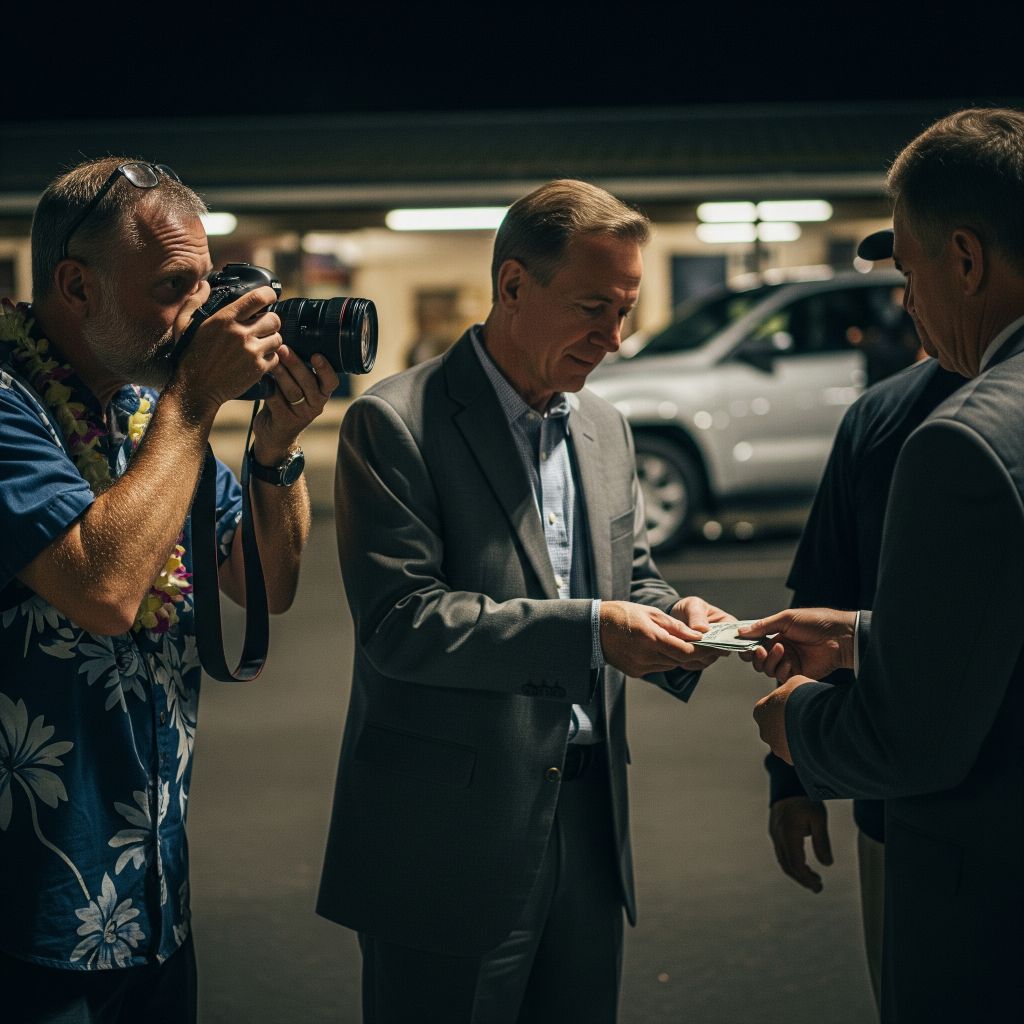Paul E. Lowndes
Oahu, Hawaii
Bridging Advanced Technology and Public Truth
Welcome. This is the central hub for my work, which operates at the intersection of two distinct but complementary fields. I am driven by a passion for building intelligent systems that solve complex problems and a steadfast commitment to upholding transparency and accountability within our community. Here, you will find information on both my professional AI Engineering Consultancy and my initiative in Investigative Journalism.
AI Engineering Consultancy
Advanced systems. Practical solutions.

I design and implement AI/ML systems for organizations seeking intelligent automation and data-driven solutions. With a foundation in distributed computing and machine learning, I tackle complex technical challenges across the stack—from experimental multi-agent architectures to production deployment. My approach combines deep technical expertise with practical engineering to deliver systems that work.
Specializations Include:
- Machine Learning Systems: Custom models, automated pipelines, and intelligent decision systems.
- Distributed Computing: Multi-agent coordination, fault-tolerant architectures, and scalable processing.
- AI Infrastructure: Novel orchestration patterns, hybrid system design, and research prototyping.
- Technical Architecture: End-to-end system design from concept through production deployment.
Investigative Journalism Initiative
Seeking Accountability for a Stronger Community.

This site also serves as a portal for my ongoing work in investigative journalism, with a specific focus on exposing local corruption and abuses of power within Oahu, Hawaii. A well-informed public is the cornerstone of a healthy democracy. My mission is to uncover facts, provide a voice for the voiceless, and hold those in power accountable to the community they serve.
Featured Investigation
Hawaii's Justice System Under Scrutiny - An Investigation into Alleged Judicial Misconduct and Police Inaction
Read Full Investigation🔐 Secure Contact Protocol
If you have sensitive information related to public interest matters, your security and anonymity are paramount.
To initiate contact: Send a general, non-detailed inquiry via email. DO NOT send sensitive files, documents, or specifics in your first message. We can then establish a secure channel for communication (such as Signal or PGP-encrypted email).
Contact: [email protected]
The Foundational Research
Computational Truth-Seeking Through Mathematical Innovation.
The principles of Computational Truth-Seeking are formalized in my research on Chiral Narrative Synthesis (CNS). This framework details a novel multi-agent AI system designed to accelerate truth discovery by mathematically modeling and synthesizing conflicting perspectives, addressing the fundamental challenge of information asymmetry in complex investigations.
Featured Research: Chiral Narrative Synthesis
A novel framework leveraging topological concepts within a multi-agent reinforcement learning (MARL) system to navigate information asymmetry and converge on verifiable truth.
